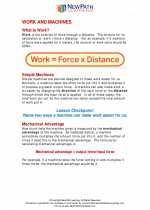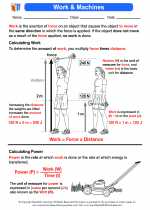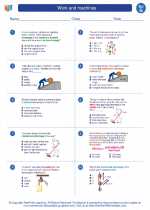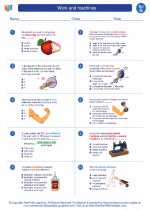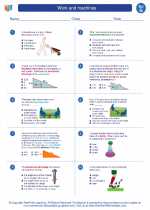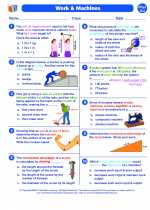Tectonic Processes
Tectonic processes are the geological phenomena that involve the movement and deformation of the Earth's crust. These processes are driven by the heat and pressure from the Earth's interior, which cause the crust to move in various ways. There are several key tectonic processes, including plate tectonics, earthquakes, and volcanic activity.
Plate Tectonics
Plate tectonics is the theory that the Earth's outer shell is divided into several large, rigid plates that move and interact with one another. These plates can move apart, collide, or slide past each other, leading to the formation of features such as mountain ranges, ocean basins, and volcanic arcs. The movement of the plates is driven by convection currents in the mantle, which transfer heat from the Earth's interior to the surface.
Earthquakes
Earthquakes are the result of the sudden release of energy in the Earth's crust, caused by the movement of tectonic plates. When two plates are locked together and unable to move past each other, stress builds up until it is released in the form of an earthquake. The point within the Earth where the earthquake starts is called the focus, and the point directly above it on the Earth's surface is called the epicenter.
Volcanic Activity
Volcanic activity is often associated with plate boundaries, where magma from the Earth's mantle can rise to the surface and erupt. This can lead to the formation of new landforms, such as volcanoes and lava flows. The type of volcanic activity that occurs depends on the composition of the magma and the conditions at the Earth's surface.
Study Guide
- What are tectonic processes?
- Explain the theory of plate tectonics.
- How are earthquakes caused by tectonic processes?
- Describe the relationship between volcanic activity and tectonic processes.
- Discuss the role of convection currents in driving tectonic processes.
